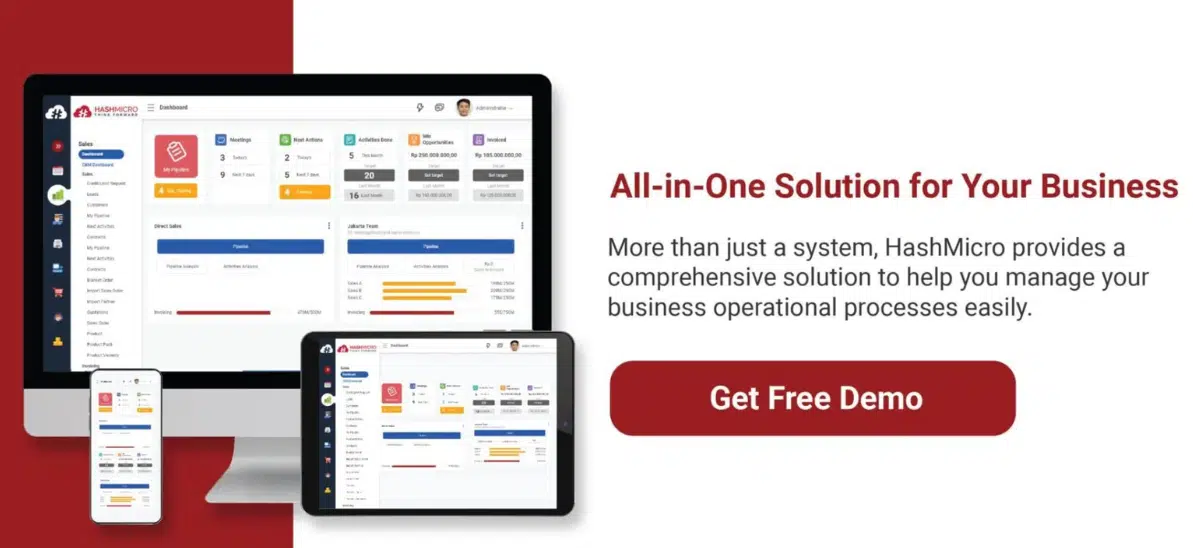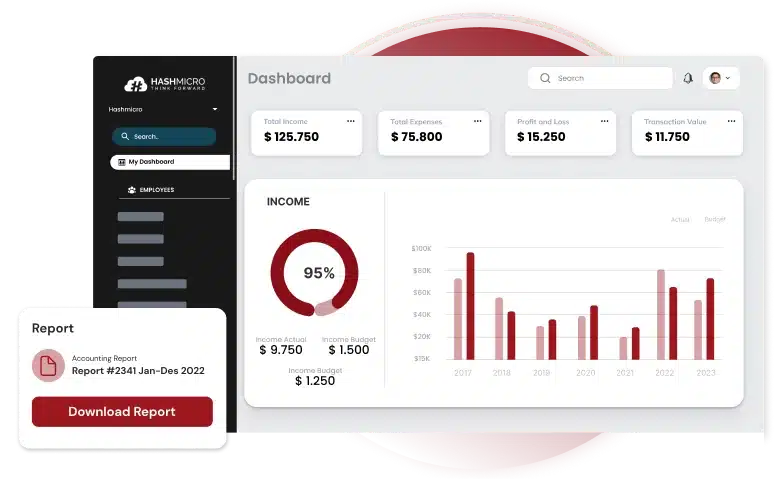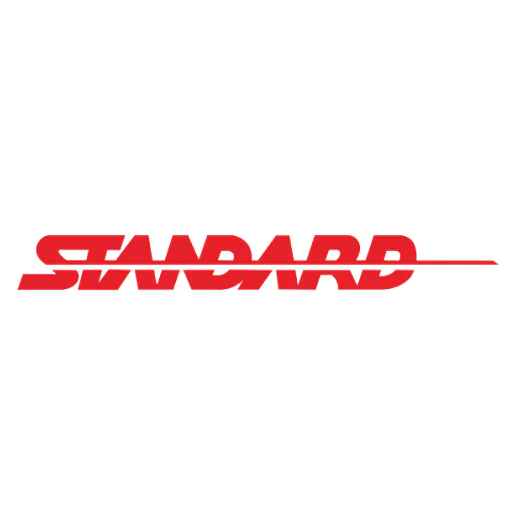Are you unsure whether your business is truly profitable? Calculating your profit margin is the key to understanding how much money you make after expenses. Without this knowledge, you might lose opportunities to improve your business’s financial health.
In this article, we’ll explain what is profit margin and how to calculate profit margin.
Table of Content:
Table of Content
Key Takeaways
|
What is Profit Margin?
Profit margin is a percentage that measures the profitability of a business. It shows how much profit a company makes for every dollar of revenue. This number helps you evaluate whether your business is effectively managing its costs or if there are areas to improve.
Understanding this margin allows businesses to see if they maximize profits while keeping expenses in check. A higher margin indicates a more efficient business, while a lower margin may signal the need for cost-cutting or price adjustments.
Accurately calculating is crucial to making sound financial decisions for business owners in Singapore. With the right accounting system, businesses can better manage cash flow and ensure sustainable growth.
Types of Profit Margin
Each type focuses on different profitability aspects, helping them identify specific areas for improvement. Businesses can track these margins more efficiently using different accounting software types.
- Gross Profit Margin: This margin measures the difference between revenue and the cost of goods sold (COGS), which includes direct costs like materials and labor. A higher gross profit margin means your business is efficiently managing production costs.
- Operating Profit Margin: This margin shows the profit from core operations before interest and taxes are deducted. It explains how well a business controls operational expenses and generates profits from its main activities.
- Net Profit Margin: This is the most comprehensive measure, as it accounts for all expenses, including operating costs, taxes, and interest.
- EBITDA Margin: This margin focuses on earnings before interest, taxes, depreciation, and amortization, offering a clearer picture of profitability from operations. It’s useful for comparing businesses without the impact of financial and non-cash accounting elements.
How Profit Margin Works
Explain how this metric works and why it’s important for business decision-making.
- Shows financial health: A high margin indicates strong profitability, while a low margin may highlight areas where cost control is needed.
- Guides pricing strategies: Businesses can adjust pricing to ensure sufficient profit, even after covering production and operational costs.
- Helps in budgeting and forecasting: Provides valuable insights into cost management and expected profitability. Businesses can use this data to create more accurate financial forecasts and budgets.
- Attracts investors and lenders: Key factor that investors and lenders consider when assessing a business’s potential for growth. A solid margin increases your chances of attracting funding and investment.
Profit Margin Formula
Profit Margin (%) = (Net Profit / Revenue) x 100
- Net Profit is the total income remaining after subtracting all expenses (such as operating costs, taxes, interest, and depreciation) from total revenue.
- Revenue is the total sales or income generated from business activities before any expenses are deducted.
This formula calculates the percentage of each dollar of revenue converted into profit, providing a clear picture of your financial efficiency.
For a more specific analysis, you can also use the gross profit margin formula, which focuses only on direct production costs like materials and labor, excluding other operating expenses.
The net profit margin formula also considers all costs, including interest and taxes, giving a comprehensive view of your overall profitability.
Profit Margin Example
Let’s assume your business has:
Revenue of $200,000
Total Expenses of $150,000 (including production, operating costs, taxes, etc.)
- Net Profit = Revenue – Expenses = $200,000 – $150,000 = $50,000
- Profit Margin = (Net Profit / Revenue) x 100 = ($50,000 / $200,000) x 100 = 25%
This means your business has a 25% profit margin. After all expenses are covered, you make 25 cents in profit for every dollar of revenue.
Simplify Profit Calculations with HashMicro Accounting Software
With HashMicro’s accounting software, you can easily calculate and track your profit in real time. The software automatically generates detailed reports, helping you keep track of costs, revenue, and profits.
The best accounting software in Singapore, HashMicro helps streamline financial management for businesses of all sizes. It saves you time by simplifying complex calculations, allowing you to focus on growing your business.
Features:
- Financial Dashboard: Monitor the financial health of your entire business, including income, cash flow, accounts receivable, accounts payable, and more.
- Cash Flow Forecasting: Accurately predict your income and expenses for a specific period.
- Fast Bank Reconciliation: Our accounting software automatically and securely imports all bank transactions.
- Accrual & Amortization: HashMicro’s accounting software reduces human error by automatically recording and calculating accruals and amortizations.
- Peppol e-Invoicing: HashMicro integrates with Singapore’s Peppol e-Invoicing network, ensuring standardized invoice exchanges between parties.
- Analytical Reporting: HashMicro’s accounting software quickly generates income statements, cash flow reports, balance sheets, changes in capital, and more.
Conclusion
In today’s competitive market, understanding profit margins is essential for business growth. By calculating this key metric, you can evaluate your business’s financial health, set better pricing strategies, and make informed decisions that boost profitability.
HashMicro ensures your profit calculations are accurate and streamlined, helping you make data-driven decisions. With its intuitive interface and advanced features, managing your financials has never been easier.
Ready to take control of your business’s profitability? Try HashMicro’s accounting software with a free demo today and start simplifying your financial management.

FAQ
-
What is a good profit margin for a business?
A good margin varies by industry, but generally, a higher margin indicates better efficiency. Most businesses aim for at least a 10% net, which can vary.
-
How do profit margins affect pricing strategies?
Understanding profit margins helps businesses set prices that cover costs and generate profit. It ensures they maintain profitability while staying competitive in the market.
-
Why is it important to track profit margin regularly?
Regularly tracking profit helps businesses monitor financial health, identify cost issues, adjust pricing, and make informed decisions for growth and sustainability.





































